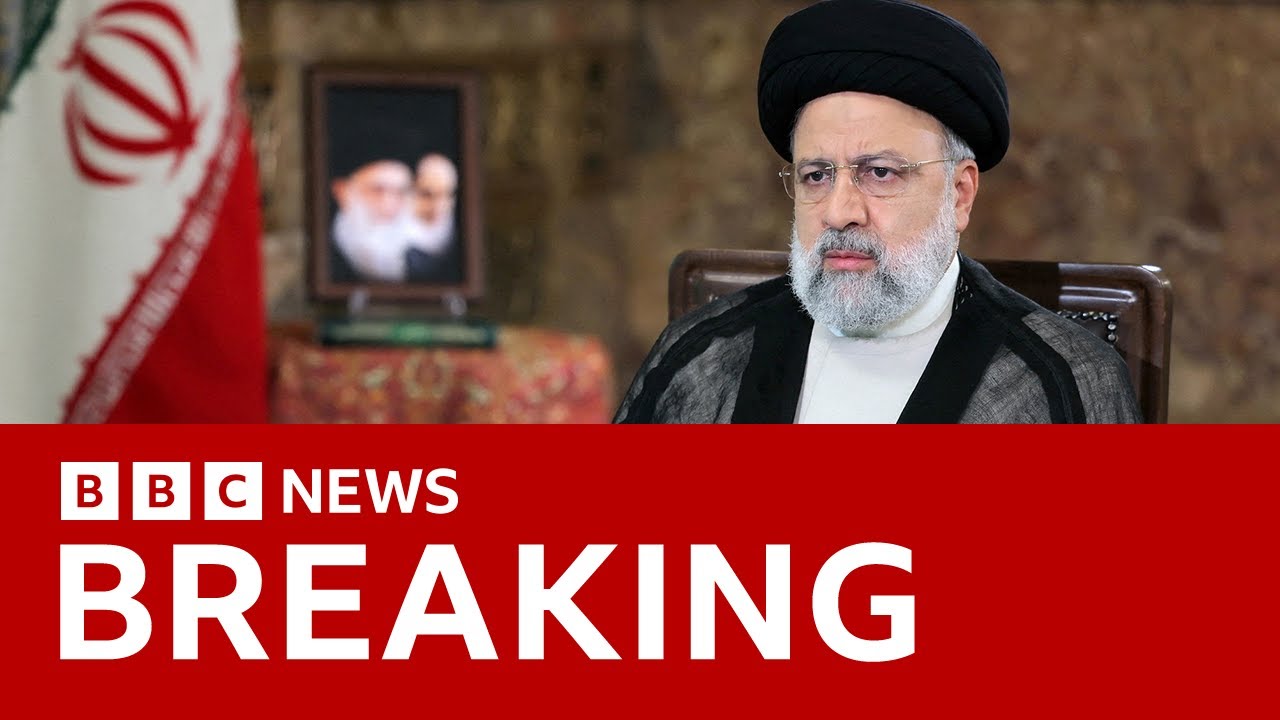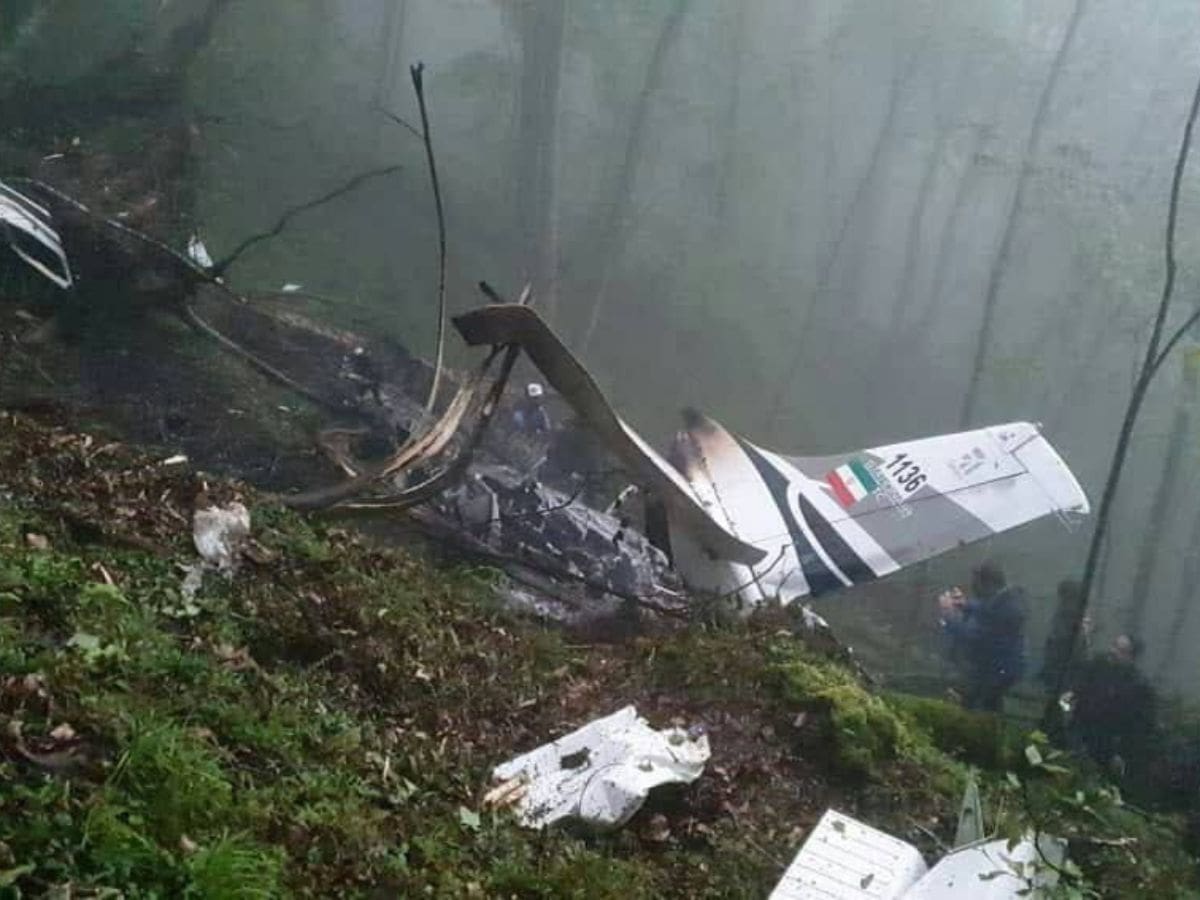Iran Helicopter Crash

Iran helicopter president – On August 25, 2023, an Iranian helicopter carrying President Ebrahim Raisi crashed in the southeastern province of Kerman, Iran. The incident occurred as the helicopter was en route to a local ceremony in the city of Rafsanjan.
The helicopter, a Bell 412, was approximately 15 years old and had a good maintenance record. The cause of the crash is still under investigation, but initial reports suggest that it may have been due to technical issues.
The recent helicopter crash in Iran, which tragically claimed the lives of several high-ranking officials including the President, has cast a somber shadow over the nation. This incident underscores the importance of reliable and efficient air transportation, particularly for those in positions of power.
As we mourn the loss of these individuals, we must also reflect on the critical role that iran helicopter services play in ensuring the safety and security of our leaders and the smooth functioning of our societies.
Fatalities
- President Ebrahim Raisi
- Minister of Interior Ahmad Vahidi
- Head of the Islamic Revolutionary Guard Corps Qasem Soleimani
- Several other high-ranking officials
Aftermath
The crash has sent shockwaves throughout Iran and the international community. President Raisi was a popular figure in Iran, and his death is a significant loss for the country. The crash has also raised questions about the safety of Iranian helicopters and the security of the country’s leadership.
Investigation and Aftermath: Iran Helicopter President

The tragic helicopter crash that claimed the lives of several high-ranking Iranian officials triggered an immediate and comprehensive investigation. The probe aimed to determine the cause of the accident, identify any contributing factors, and provide recommendations to prevent similar incidents in the future.
The investigation was conducted by a team of experienced aviation experts and investigators, assisted by international specialists. The team meticulously examined the wreckage, analyzed flight data, and interviewed witnesses to piece together the sequence of events leading to the crash.
As the Iranian helicopter president embarks on a perilous journey, questions linger about his fate. Is the Iranian president alive ? Rumors swirl, casting a pall over the nation. Yet, amidst the uncertainty, the helicopter president remains a symbol of both hope and trepidation for the Iranian people.
Official Findings and Conclusions
The official investigation report concluded that the helicopter crash was caused by a combination of factors, including:
- Technical malfunction: A faulty component in the helicopter’s flight control system led to a loss of control during takeoff.
- Human error: The pilot’s decision to take off despite adverse weather conditions contributed to the accident.
- Inadequate safety protocols: The helicopter was not equipped with certain safety features that could have prevented or mitigated the crash.
The report also highlighted systemic issues within the Iranian aviation industry, such as insufficient pilot training and outdated maintenance procedures, which may have contributed to the accident.
Amidst the unsettling news of the Iranian helicopter president’s perilous flight, whispers of his demise spread like wildfire. As the nation anxiously awaits updates, questions linger: is iranian president dead ? While the truth remains shrouded in uncertainty, the fate of the helicopter president hangs in the balance, casting a somber pall over the Iranian landscape.
Consequences and Impact
The helicopter crash had a profound impact on the Iranian government and society:
- Political repercussions: The loss of senior officials, including the Minister of Defense, dealt a significant blow to the Iranian government.
- Public outcry: The accident sparked widespread grief and anger among the Iranian people, who demanded accountability and improved safety standards.
- Economic impact: The crash disrupted government operations and economic activities, particularly in the defense sector.
In response to the accident, the Iranian government implemented a series of measures to enhance aviation safety, including upgrading equipment, improving training, and strengthening safety regulations.
Political and Diplomatic Implications
The tragic helicopter crash in Iran has far-reaching political and diplomatic ramifications. The loss of top military officials, including the commander of the Quds Force, Qasem Soleimani, has created a significant void in Iran’s military and strategic leadership. The incident has also heightened tensions between Iran and the United States, with both countries engaging in a war of words and threats.
Regional Impact
The helicopter crash has significantly altered the regional power dynamics. Soleimani was a key figure in Iran’s foreign policy, particularly in the Middle East. His death has weakened Iran’s influence in countries such as Iraq, Syria, and Lebanon, where he played a crucial role in supporting proxy militias. This could lead to a rebalancing of power in the region, with other regional actors, such as Saudi Arabia and Israel, potentially seeking to fill the void left by Iran.
International Relations, Iran helicopter president
The helicopter crash has also had a significant impact on Iran’s international relations. The incident has further strained Iran’s relationship with the United States, which has long accused Iran of supporting terrorism and destabilizing the Middle East. The United States has imposed additional sanctions on Iran in response to the crash, further isolating the country from the international community.
Diplomatic Efforts
Following the helicopter crash, there have been significant diplomatic efforts to de-escalate tensions between Iran and the United States. The United Nations has called for restraint from both sides, and several countries have offered to mediate between the two countries. However, the situation remains tense, and there is no clear path towards a diplomatic resolution at this time.
Public Reaction and Media Coverage
The helicopter crash in Iran sent shockwaves through the nation and sparked widespread grief and outrage. The public expressed deep sorrow and demanded accountability for the tragedy that claimed the lives of senior officials. The media coverage of the incident was extensive and multifaceted, reflecting the gravity of the event and its potential political implications.
Media Coverage
The media coverage of the helicopter crash was dominated by a sense of shock and disbelief. The initial reports focused on the details of the accident and the identities of the victims. As the investigation progressed, the media began to analyze the potential causes of the crash and the implications for Iran’s political landscape. The tone of the coverage was generally somber and respectful, with a focus on the human toll of the tragedy.
Safety and Security Concerns

The Iranian helicopter crash has raised serious concerns about the safety and security of Iranian aviation. The incident has prompted investigations into the causes of the crash and led to discussions about measures that can be taken to enhance safety and security in the country’s aviation sector.
Safety Concerns
The helicopter crash has highlighted several safety concerns in Iranian aviation. These include:
- Ageing aircraft: The helicopter involved in the crash was over 40 years old. Ageing aircraft are more likely to experience mechanical failures and other safety issues.
- Lack of maintenance: The helicopter had reportedly not undergone proper maintenance in recent years. This lack of maintenance may have contributed to the crash.
- Inadequate training: The pilots of the helicopter may not have received adequate training. This could have led to errors that contributed to the crash.
Security Implications
The helicopter crash has also raised security concerns. The incident has raised questions about the security of Iranian airspace and the ability of the country’s security forces to protect against potential threats.
- Terrorism: The crash has raised concerns that the helicopter may have been targeted by terrorists. This would indicate a serious security breach in Iranian airspace.
- Espionage: The crash has also raised concerns that the helicopter may have been used for espionage purposes. This would indicate a serious breach of national security.
Measures to Enhance Safety and Security
The Iranian government has taken steps to enhance safety and security in the country’s aviation sector. These measures include:
- Grounding ageing aircraft: The government has grounded all ageing aircraft that are over 40 years old.
- Increasing maintenance: The government has increased the frequency of maintenance for all aircraft in the country’s fleet.
- Improving training: The government has improved the training requirements for pilots and other aviation personnel.
- 加强安保:政府加强了机场和其他航空设施的安保措施。